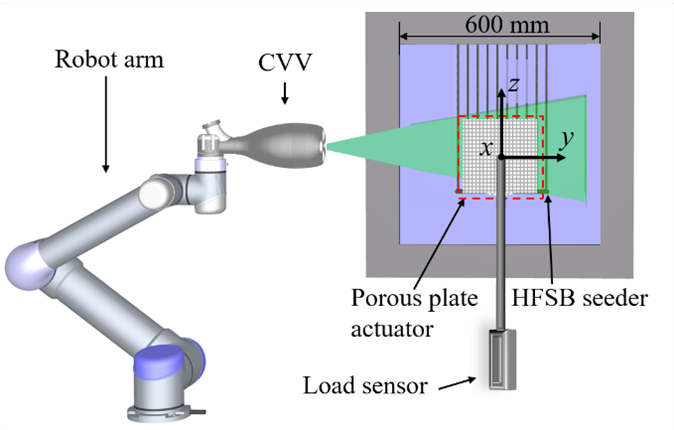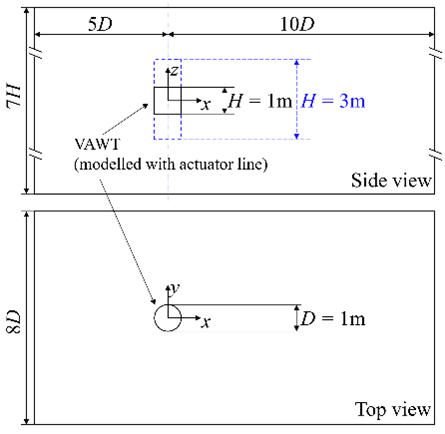Ming Huang wins TU Delft Wind Energy Institute Best Paper Award 2021
Ming Huang, PhD candidate at the Wind Energy Section at the Faculty of Aerospace Engineering won the TU Delft Wind Energy Institute Best Paper Award 2021.
The TU Delft Wind Energy Institute Best Paper Award 2021 was part of the Best Energy Paper Award 2021, organized by Delft Energy Initiative. Each of the four institutes that fall under the Delft Energy Initiative organized a Best Paper competition. The winners of the four institutes competed in a second round for the title ‘Best Energy Paper Award’. The awards of the institutes and the Delft Energy Initiative were announced during the final event on Wednesday, 16 March.
Ming won the competition of the TU Delft Wind Energy Institute with his paper ‘Wake Scaling of Actuator Discs in Different Aspect Ratios’. His paper is available here: https://repository.tudelft.nl/islandora/object/uuid%3Ab4a8bcb3-49c9-48b2-b2af-0428e05bc0c1
Summary of the paper
We investigated the wake of actuator discs with different height-to-width ratios; The latter is prevailing representatives of wind turbines. The effective mixing diameter D* is theoretically derived as the ratio between the frontal area and the perimeter of an actuator. Furthermore, D* is verified experimentally (particle image velocimetry and force balance measurements) and numerically (solving Reynolds averaged Navier-Stokes equation). Compared with existing scaling lengths, D* not only accounts for the momentum deficit imparted within the actuator/turbine frontal area, but also the momentum exchange rate across the effective wake interfacial area (characterised by actuator perimeter). The latter is proven to be non-negligible, especially for elongated actuators.
Given the need for fast yet accurate wake modelling raised by the wind energy community, and the growing types of (horizontal or vertical) wind turbines (HAWTs and VAWTs) being introduced for higher energy harvest, the findings in this article will appeal to those who are seeking fundamental supports on the scaling of the wake of wind turbine surrogates. It advances the fundamental knowledge of the frontal-shape effects of actuator discs on wake development and momentum deficit. Furthermore, the normalisation length D* accounting for such effects could help advance the state-of-the-art kinematic modelling for VAWT wake and facilitate the study of VAWT farm.



